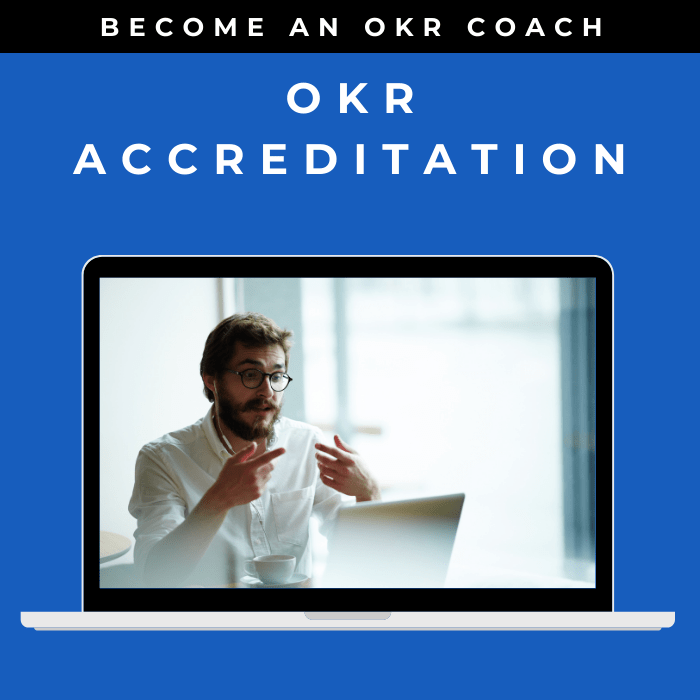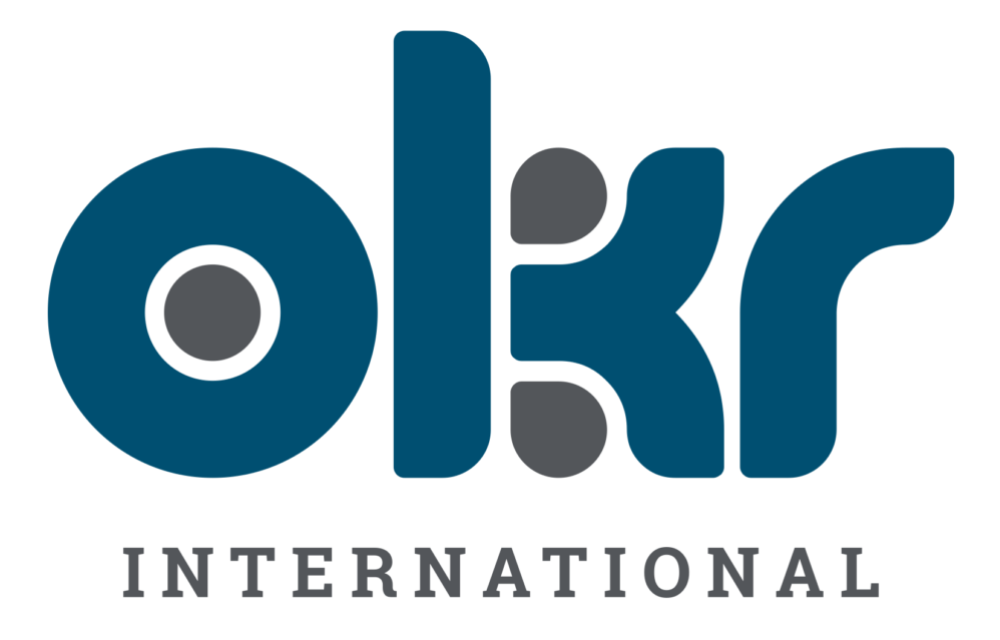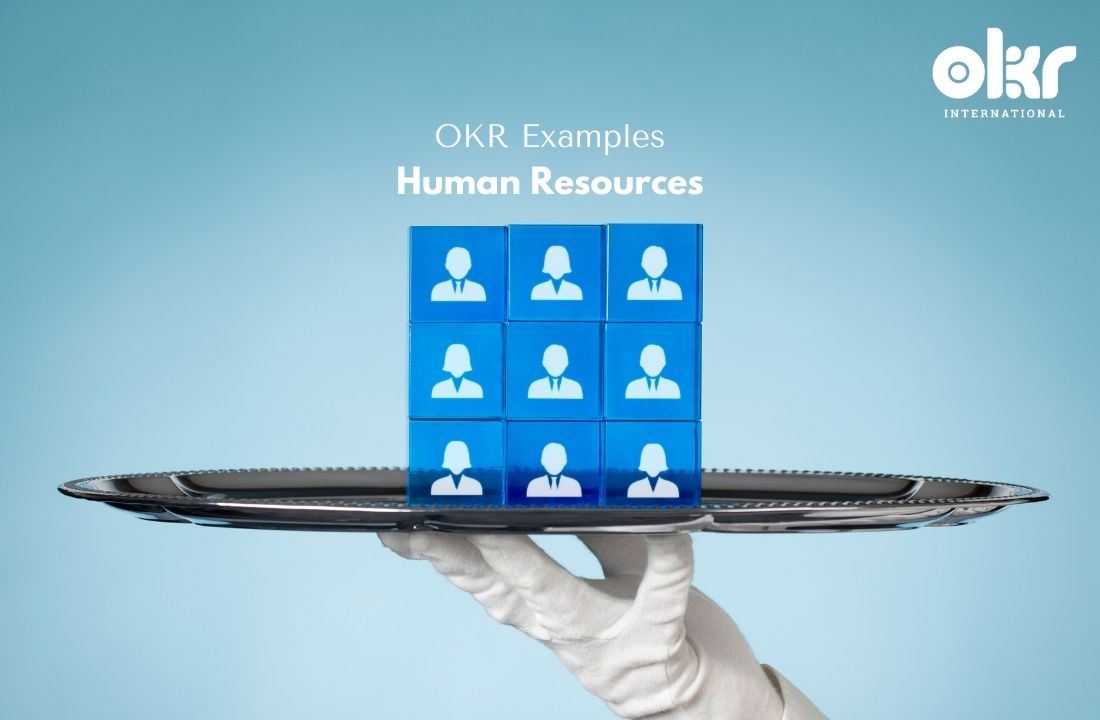10 Useful OKR Examples in Human Resources
Human Resources (HR) is a critical function that drives talent management, employee engagement, and organizational development. Objectives and Key Results (OKRs) can be powerful tools to align HR strategies with organizational goals. Here, we present ten useful OKR examples in human resources, offering valuable insights for organizations aiming to excel in this function and achieve their HR objectives.
1. Enhancing Recruitment and Hiring
Objective: Attract and hire top talent to meet organizational needs.
Key Results:
- Reduce time-to-fill for key positions by 20% in the next quarter.
- Increase the percentage of diverse hires by 15% within the next year.
- Achieve a 90% satisfaction rate among new hires during their onboarding process.
2. Driving Employee Engagement
Objective: Foster a culture of high employee engagement and satisfaction.
Key Results:
- Increase employee engagement scores by 10% in the annual employee survey.
- Reduce voluntary employee turnover by 15% within the next six months.
- Implement a recognition and rewards program to achieve a 20% increase in employee recognition.
3. Enhancing Learning and Development
Objective: Support employee growth and development through effective learning initiatives.
Key Results:
- Implement 1 competency-based training program aligned with organizational goals.
- Increase the average training participation rate to 90% within the next year.
- Measure the impact of training initiatives by achieving a 15% increase in employee skill proficiency.
4. Strengthening Performance Management
Objective: Improve performance management processes to drive employee productivity.
Key Results:
- Implement 1 performance management system that includes regular feedback and goal setting.
- Increase the percentage of employees who receive regular performance reviews to 95%.
- Achieve a 10% increase in the percentage of employees meeting or exceeding their performance goals.
5. Enhancing Employee Well-being
Objective: Promote a healthy work-life balance and well-being among employees.
Key Results:
- Develop and implement 1 comprehensive wellness program that addresses physical and mental health.
- Increase employee participation in wellness activities by 25% within the next six months.
- Achieve a 15% reduction in employee absenteeism due to health-related issues.
6. Driving Diversity and Inclusion
Objective: Foster an inclusive and diverse workforce that reflects the organization’s values.
Key Results:
- Develop 1 diversity and inclusion strategy with measurable goals and initiatives.
- Increase diversity in leadership positions by 20% within the next two years.
- Conduct 3 diversity and inclusion training programs for all employees to enhance awareness and understanding.
7. Enhancing Succession Planning
Objective: Develop a pipeline of future leaders to ensure continuity and organizational resilience.
Key Results:
- Identify 5 high-potential employees for key leadership positions and create individual development plans for them.
- Increase the percentage of internal promotions to critical roles by 25% within the next year.
- Conduct talent reviews and succession planning discussions for 100% of key positions.
8. Improving Employee Satisfaction
Objective: Enhance overall employee satisfaction with HR services and support.
Key Results:
- Conduct regular employee satisfaction surveys and achieve an overall satisfaction score of 80%.
- Implement 1 HR service delivery system that ensures timely and effective response to employee inquiries.
- Enhance 3 HR communication channels to provide transparent and accessible information to employees.
9. Strengthening Employee Relations
Objective: Foster positive employee relations and promote a harmonious work environment.
Key Results:
- Establish a robust employee grievance resolution process and achieve an 80% resolution rate within 30 days.
- Conduct 3 regular employee feedback sessions and track improvements in employee satisfaction with workplace relations.
- Implement initiatives to enhance teamwork and collaboration, resulting in a 15% increase in cross-functional collaboration.
10. Enhancing HR Analytics and Reporting
Objective: Leverage data and analytics to drive data-driven HR decisions and insights.
Key Results:
- Develop 5 HR metrics and reporting dashboards aligned with organizational goals.
- Increase the usage of HR analytics in decision-making by 20% within the next year.
- Conduct 3 workforce planning and analysis within the next quarter to identify trends and anticipate future talent needs.
By adopting these OKR examples in human resources, organizations can attract top talent, drive employee engagement, foster learning and development, promote diversity and inclusion, and ensure effective HR processes and services. These strategic objectives and key results serve as guiding principles for organizations seeking to excel in their HR function and drive long-term success.

When looking to set OKRs, it’s natural to want examples to ignite the thought process or simply compare yours to OKR Examples. Check out our compendium of OKR Examples here.
Explore Our Range of Services
Bring OKRs (Objectives and Key Results) to your organisation with our tried & tested OKR Framework.


OKR International’s highly acclaimed Certified OKR Practitioner Program is the first and only OKR accreditation endorsed by ICF & HRCI for continuing education units.
OKR International helps leaders create the alignment, engagement and result orientation needed for growth by offering OKR Advisory services.



